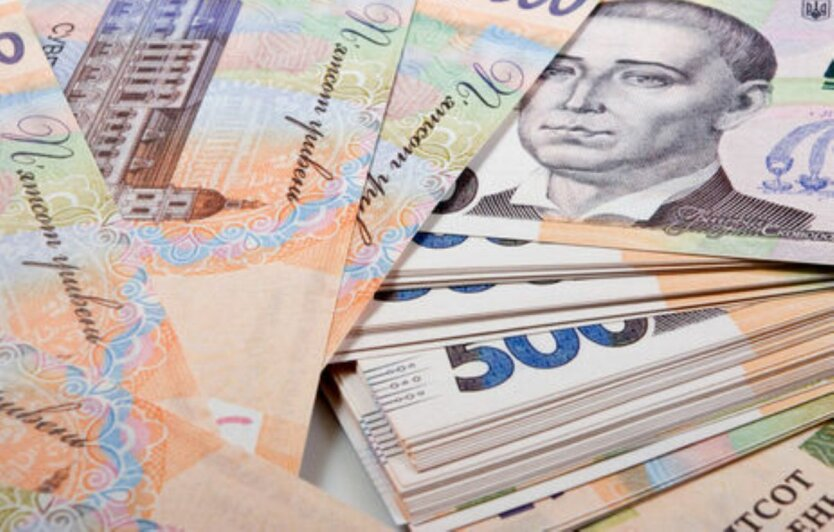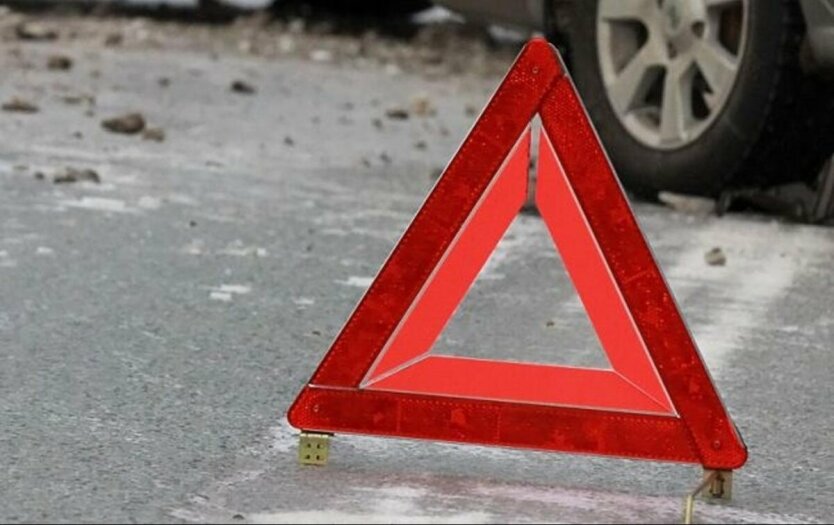Residents of certain regions of Ukraine will receive 36 thousand hryvnias: how to apply.


Estonia will provide financial assistance to households from Ukraine
The Estonian Refugee Council is launching an "Emergency Livelihood Support" program that will provide financial aid to households affected by the war in Ukraine. This program is aimed at restoring their economic activities and creating new sources of income.
According to Khvilya, the Estonian organization announced the acceptance of applications for assistance.
Up to 36 thousand hryvnias of financial aid will be received by households from eight regions of Ukraine: Kharkiv, Donetsk, Dnipropetrovsk, Cherkasy, Poltava, Mykolaiv, Zaporizhzhia, and Kirovohrad. These regions were chosen due to their proximity to combat zones and significant economic damage caused by the war.
The program covers various economic sectors such as beekeeping, gardening, animal husbandry, dairy production, as well as baking cakes, bread, and making semi-finished products.
Moreover, the aid extends to the service sector, including clothing and shoe repair, cosmetic and household services, construction, and repair.
To receive emergency grant assistance, an application must be submitted. Special attention will be given to applications from households that do not have a steady income or employment. This is done to support the most vulnerable groups that have been most affected by the hostilities.
We remind you that earlier we reported on additional assistance to employers for employing internally displaced persons.
Read also
- Gas stations have halted the rise in fuel prices: what is happening with gasoline, diesel, and autogas
- Drivers were shown how much they paid for pedestrian accidents
- Ukrainian Metallurgy Against Global Giants: New Rankings
- Business received state support of 3.6 billion UAH: leading regions and industries
- Macron calls for the rearmament of Europe due to Russian aggression: how France's military budget will increase
- In Ukraine, prices for transport cards will increase: how much will it cost










